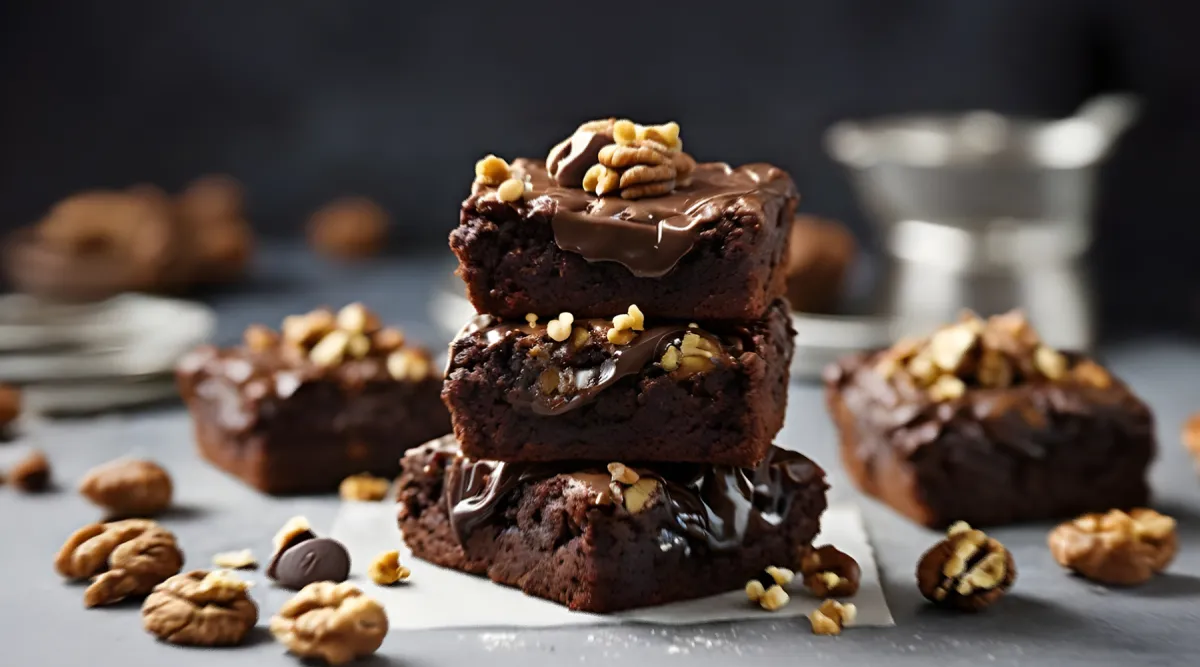Why India’s Confectionery Market is the Prime Hub for Growth and Innovation?
India’s confectionery market has skyrocketed from USD 2,380 million in 2017 to USD 3,530 million in 2022, and it’s sprinting toward USD 5,486 million by 2027.

Ever walked into a store just to grab one thing and ended up with a chocolate bar at checkout? You’re not alone. That small, sweet indulgence is part of a massive, rapidly growing industry—one that’s evolving beyond impulse purchases and festive traditions. But here’s the real question is this sugar rush sustainable, or is a new era of confectionery about to take over?
A Market on a Sugar High
India’s confectionery market has skyrocketed from USD 2,380 million in 2017 to USD 3,530 million in 2022, and it’s sprinting toward USD 5,486 million by 2027. That’s more than just a sweet craving it’s a reflection of India’s shifting consumer psyche. With a CAGR of 9.2%, the market isn’t just growing it’s evolving.
More Than Just a Sweet Tooth
It’s easy to say “Indians love sweets,” but that’s just scratching the surface. This market is a perfect storm of economic, cultural, and behavioural shifts. More disposable income has led to higher spending, with household earnings jumping from USD 2.04 trillion in 2018 to USD 2.76 trillion in 2022.
Urbanization is accelerating, with India’s urban population reaching 498 million in 2021, creating a consumer base that craves convenience, premium experiences, and global flavours. Meanwhile, sugar consumption is under scrutiny, pushing brands to bet big on sugar-free, organic, and functional confectionery. But will health trump nostalgia?
The Chocolate Crown and the Sugar Rush
Chocolate is leading the charge, holding 51.4% of the market, driven by its popularity as a gifting option and premium indulgence. Sugar confectionery, despite increasing health awareness, still commands 39.9% of the market, thriving on variety and affordability. Gum, though a niche player at 8.6%, is evolving with wellness-focused variants, from sugar-free gums to probiotic-infused options.
A Battle of Regions and Retail Trends
India’s confectionery battle isn’t just about what’s selling—it’s also about where. North India leads with 40% of total demand, driven by cultural traditions and festive gifting. West and Central India contribute 30%, fueled by major urban centers like Mumbai and Pune.
Retail trends are also shifting. Convenience stores dominate, with 77.9% of sales, but e-commerce, at 5.9%, is making inroads. The big question is whether online shopping will ever replace the impulse-driven checkout purchase.
The Giants and the Gamechangers
The battlefield is fiercely competitive. Mondelez reigns supreme with a 33% market share, thanks to the dominance of Dairy Milk. Nestlé and Perfetti Van Melle hold steady with 9.2% and 8.1%, leveraging functional innovations. Parle and ITC capture 6.3% and 6.1%, appealing to mass-market affordability and regional loyalty.
But disruptors are emerging boutique and premium brands catering to urban, health-conscious consumers. Their challenge? Scaling up while maintaining exclusivity.
What Lies Ahead for India’s Sweetest Market?
India’s confectionery market stands at an inflexion point. Will sugar-free and organic options replace traditional favourites? Will e-commerce reshape how sweets are sold? Can premium chocolates outpace impulse-driven purchases?
The answers to these questions will define the next decade of confectionery in India. One thing’s for sure—this industry is more than just sweet; it’s strategic. Where do you see the market heading? Let’s connect and explore the future of indulgence together with Ken research.


